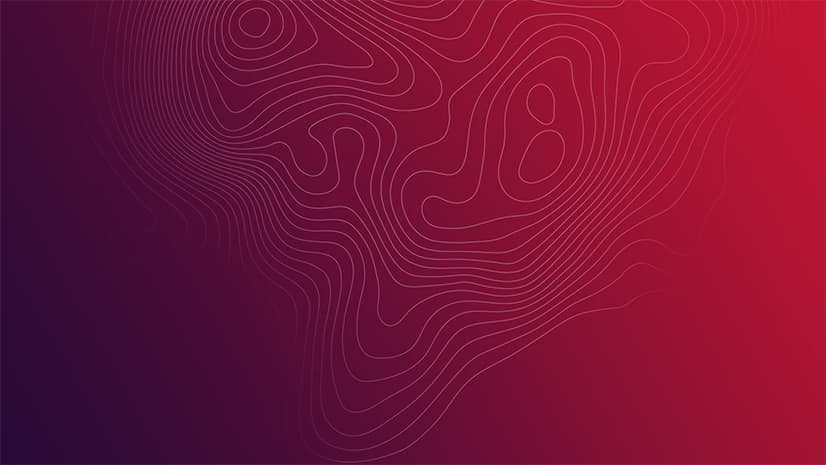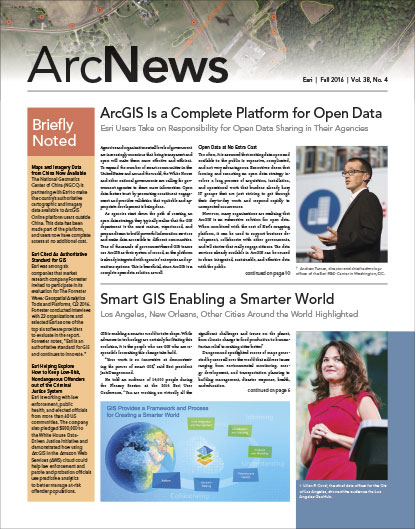Drone2Map for ArcGIS Is Producing Highly Accurate Results Everywhere
Agencies that work in public safety; agriculture; utilities; natural resources; and architecture, engineering, and construction (AEC) are expressing increased interest in GIS apps that use data from unmanned aerial vehicles (UAVs). A key requirement for those apps is being able to generate a high level of accuracy so that the data collected from drones can be seamlessly integrated into existing workflows.
Esri’s recently released Drone2Map for ArcGIS takes the high-resolution still photographs captured by UAVs and, with integrated Pix4D photogrammetric image processing capabilities, returns 2D image mosaics, 3D elevation products, and oblique images that are ready to be analyzed in the ArcGIS platform, including in ArcGIS Online. The app’s preprocessing capability allows users to review the collected imagery while still in the field so they can immediately determine if the desired data has been captured. This helps cut down on the need to redo flights, which can be costly.

Drone2Map has basemaps built into it so users can see reference points. Additionally, the images contain metadata—including the coordinate system that was used to capture the images, a link to the GPS file, and other orientation information—that can be saved so the image is automatically placed in the correct location in Drone2Map. The app also ingests information about the camera being used to collect the data, such as its focal length and pixel information, so the images can be accurately processed.
When Drone2Map was in beta, it underwent a series of tests by select Esri partners to determine its capabilities, accuracy, and market acceptance. One of those partners, leading geomatics and planning firm McKim & Creed, Inc., thoroughly tested the product when it surveyed a landfill.
“An interesting aspect of this project is that a landfill is a microgeography that is constantly changing,” said Kurt Schwoppe, business development lead for imagery at Esri. “It’s the ideal environment to test this technology.”
McKim & Creed obtained exceptional results.
Evaluating a Landfill for Expansion
A landfill operator in North Carolina wanted to determine the expansion potential of its 61-acre site. To do this, the state first required the operator to survey its existing facility so that volumetric calculations could be done to design and potentially implement an expansion.
Jason Nyberg, senior project manager at McKim & Creed, proposed that the operator use a UAV to conduct the survey. Nyberg explained that using a UAV would expedite the process and subsequently reduce costs.
“While there were initial questions about the degree of accuracy using a UAV rather than traditional survey methods, we assured our client that we would meet their accuracy specification, which was 5 cm RMSEz and 9.8 cm at 95 percent,” said Nyberg, indicating that 95 percent of the vertical measurement values in the dataset needed to have an RMS error (which measures the difference between known locations and interpolated or digitized locations) that was equal to or less than the reported accuracy value.
“This level of accuracy is high,” he continued. “But with Drone2Map, we achieved 2.25 cm RMSEz and 4.45 cm at 95 percent, which really exceeded their requirements.”
Executing a Survey with a UAV
To conduct the survey, McKim & Creed flew a 3D Robotics Solo drone 400 feet above ground level. The UAV was equipped with a Sony QX1 camera.
The ground sampling distance was approximately 3.5 centimeters. At the site, McKim & Creed placed five control targets on the ground that could be seen in the photos. These targets were surveyed using conventional survey methods. An additional four photo-identifiable targets were surveyed but withheld from the bundle adjustment to verify the results.
“We were able to capture 216 photos in less than an hour and verify the accuracy of the collected data on-site within two hours,” said Nyberg. “We then processed the imagery and produced a calibrated point cloud in less than 24 hours.”
From the point cloud, McKim & Creed produced a digital terrain model and a textured mesh for a realistic 3D image of the area. Within a week, the company gave the client planimetric mapping, digital terrain models, contours, orthophotography, and Laser Data Exchange format files.
“Using a UAV for the survey of landfills is an accurate and economical method,” said Nyberg. “We believe that it is approximately 10–20 percent cheaper than a conventional ground survey, 30–40 percent cheaper than aerial photogrammetry, and 40–50 percent cheaper than lidar.”
He likes Drone2Map too, which Esri fully released at the end of June.
“Drone2Map provides efficient, cost-effective survey and mapping tools that complement our existing data collection workflows,” said Nyberg. “The materials produced with this procedure are identical to those created with other methods, providing our customers with products that are consistent with their own design processes.”
Find more information about Drone2Map.

